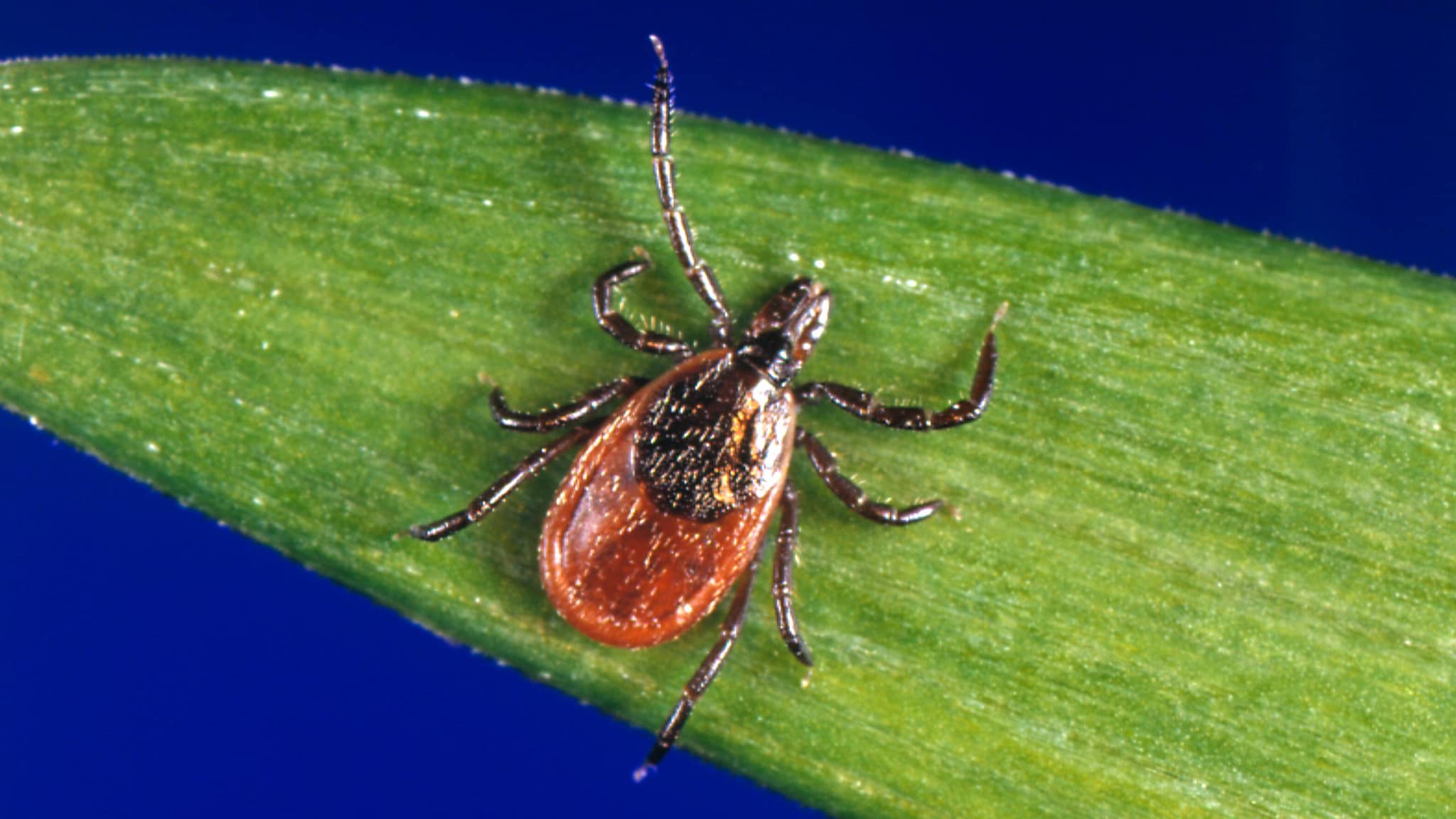Key points
- Serologic and molecular tests for HTRF are currently available through a limited number of laboratories and CDC.
- Clinical and epidemiological features, as well as travel and exposure history, are important to guide interpretation of HTRF test results.
- Symptoms typically improve within 24 to 72 hours following the administration of appropriate antibiotics.

Diagnosis and testing
Molecular testing for HTRF by polymerase chain reaction (PCR) is available from some commercial laboratories or through CDC. The preferred specimen type for PCR testing is whole blood. Some PCR methods do not distinguish between HTRF and Soft Tick Relapsing Fever (STRF).
Serologic testing is available from some labs for diagnoses of HTRF. Serologic assay results are most sensitive when specimens are collected at least 14 days after symptom onset. Serum taken early during infection may yield negative results. Currently available serologic assays may not distinguish between the agents of HTRF and STRF. Patients with relapsing fevers might have false positive serologic tests for Lyme disease.
As some serologic and PCR tests can cross-react with other Borrelia species, clinical and epidemiologic features, as well as travel and exposure history, are important to guide interpretation of test results.
Culture of Borrelia species is challenging and is typically not performed outside specialized laboratories.
Tests for HTRF are currently available through a limited number of laboratories. CDC also provides laboratory diagnostic testing for suspected B. miyamotoi infections at the request of state health departments.
Treatment
There are no randomized controlled trials that have evaluated treatment regimens for HTRF. In published case series, patients were successfully treated with antibiotics that are effective for Lyme disease. A 2-week course of oral doxycycline or amoxicillin has been found effective as treatment for most patients, including young children. For people with severe illness requiring hospitalization (e.g., meningoencephalitis), intravenous (IV) antibiotics such as ceftriaxone are appropriate initial therapy. When HTRF is suspected in a patient with an immunocompromising condition, consult with an infectious disease specialist.
B. miyamotoi symptoms typically improve within 24 to 72 hours following the administration of appropriate antibiotics. The Jarisch-Herxheimer reaction has been described in a minority of treated patients.
Disease reporting
HTRF is reportable in some states. Report cases to public health authorities to help prevent additional cases. Contact your local or state health department with questions about disease reporting.
Key information for public health practitioners
HTRF is an emerging infection that is likely underrecognized and underreported due to its nonspecific clinical presentation, limited awareness among healthcare providers, and diagnostic challenges. CDC is currently working with state health departments to standardize public health surveillance among states where HTRF is reportable and to improve healthcare provider education and recognition. For questions about HTRF testing, reporting, or investigation, please contact CDC.
